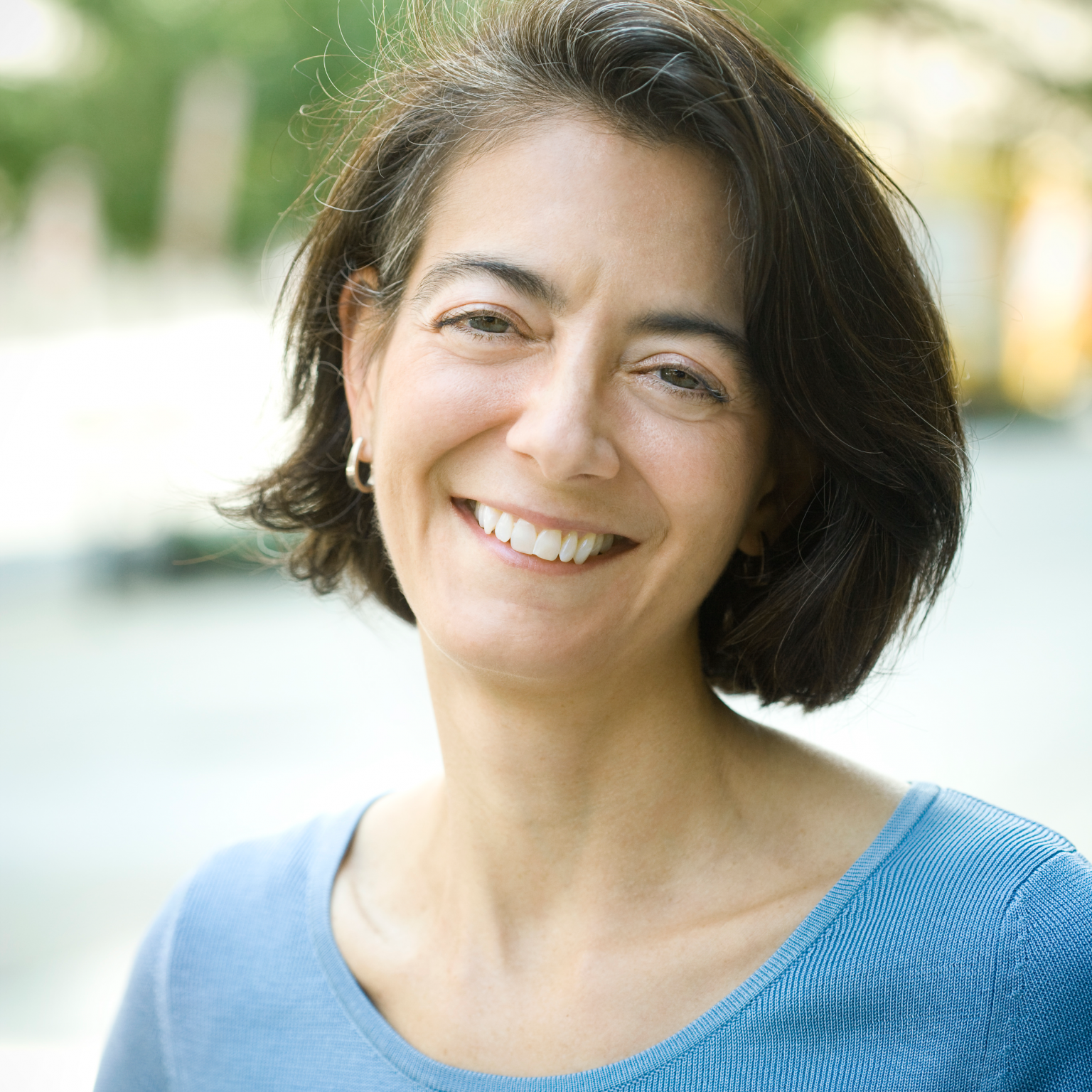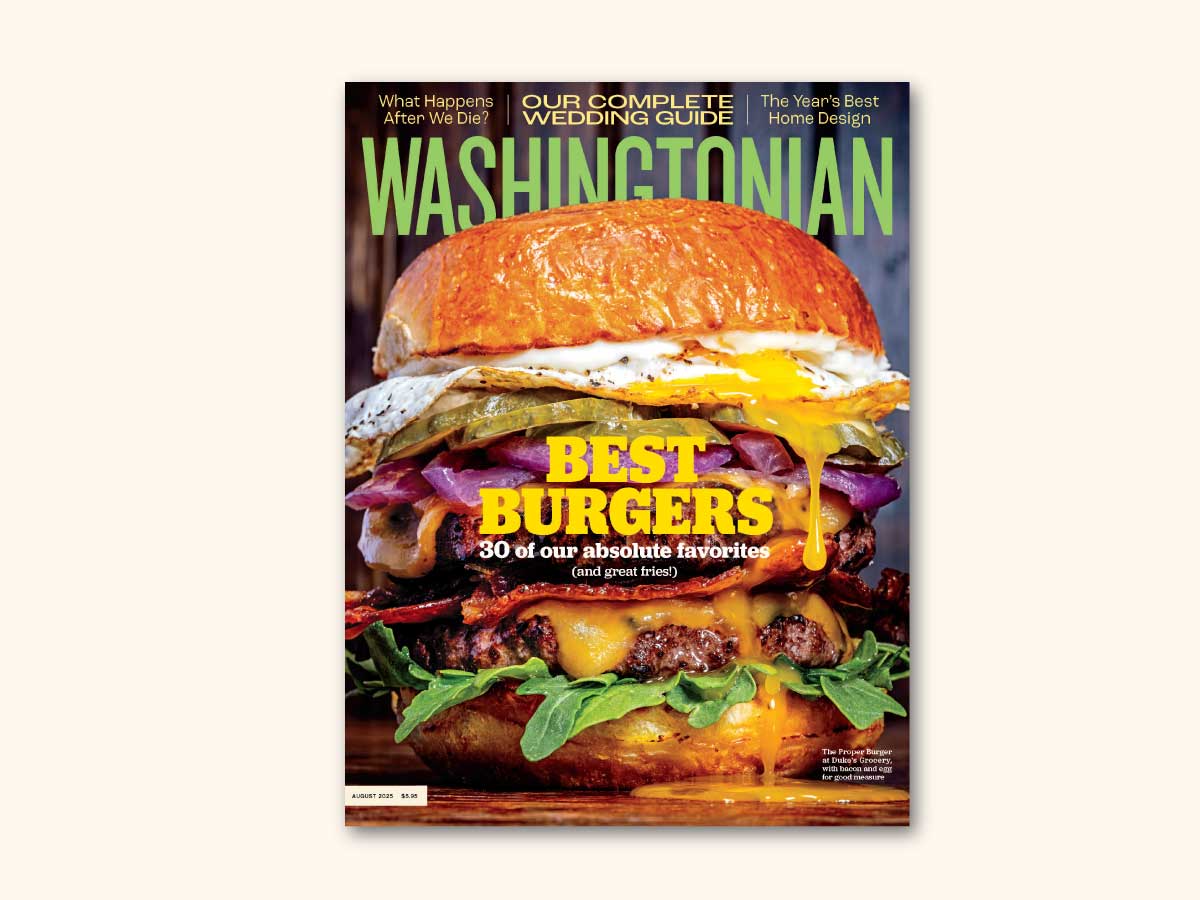When Jill Bruno started her orthodontics residency at the Eastman Institute for Oral Health in Rochester, New York, in 1995, fewer than 20 women had gone through the then 39-year-old program. “There was one other female in my class, ” says the Chevy Chase orthodontist. “Now more and more women are going into dental school.”
Women currently make up nearly half of all dental students at colleges in the United States. By 2020, thanks to those graduates, some 30 percent of all dentists will be women. Think that’s low? Before 1970, just 3 percent were women.
The numbers reflect the overall rise of women in advanced education—they now earn the majority of graduate degrees. Yet the appeal seems to go beyond that.
“Dentistry is a wonderful caring profession, and women are caring by nature, ” says Bruno. “It’s great when I take a patient’s braces off and they hug me. I sometimes still get tears in my eyes.”
Some female dentists, including Bruno and Arlington’s Danine Fresch, say some patients seek them out partly because they’re women.
“Not to sound sexist, but I can tell you that a lot of my patients say we tend to listen better, ” says Fresch.
“I do feel that women spend more time discussing treatment plans, diagnosis, and symptoms in ways I think are beneficial to patients, ” says Mary Beth Aichelmann-Reidy, an associate professor of periodontics at the University of Maryland School of Dentistry and past president of the American Association of Women Dentists.
Or are women just better at managing their time? A big reason they’re drawn to dentistry is that it’s possible to work flexible hours while raising a family.
Aichelmann-Reidy, though, challenges a common sentiment she’s heard—that because women may cut back on their hours to rear children, fewer dentists will be available to the general public.
“Male colleagues have been stating this as a fact in presentations when this is not true, ” she says. “I actually had a colleague say to me, when I entered dental school in the early ’80s, ‘Oh, good—there are more women in your class so less competition for us because you won’t be working.’
“The data that’s published on female and male grads do not substantiate that claim. Female dentists want to work full-time, just as the male dentist does.”
While male dentists may challenge the notions that they don’t listen as well as their female colleagues and that women dentists work just as many hours, women have one clear advantage.
“Female dentists have smaller hands, ” says Pamela Marzban, a general dentist in Burke, “and that makes it a more comfortable experience for patients.”
This article appears in our March 2015 issue of Washingtonian.




















